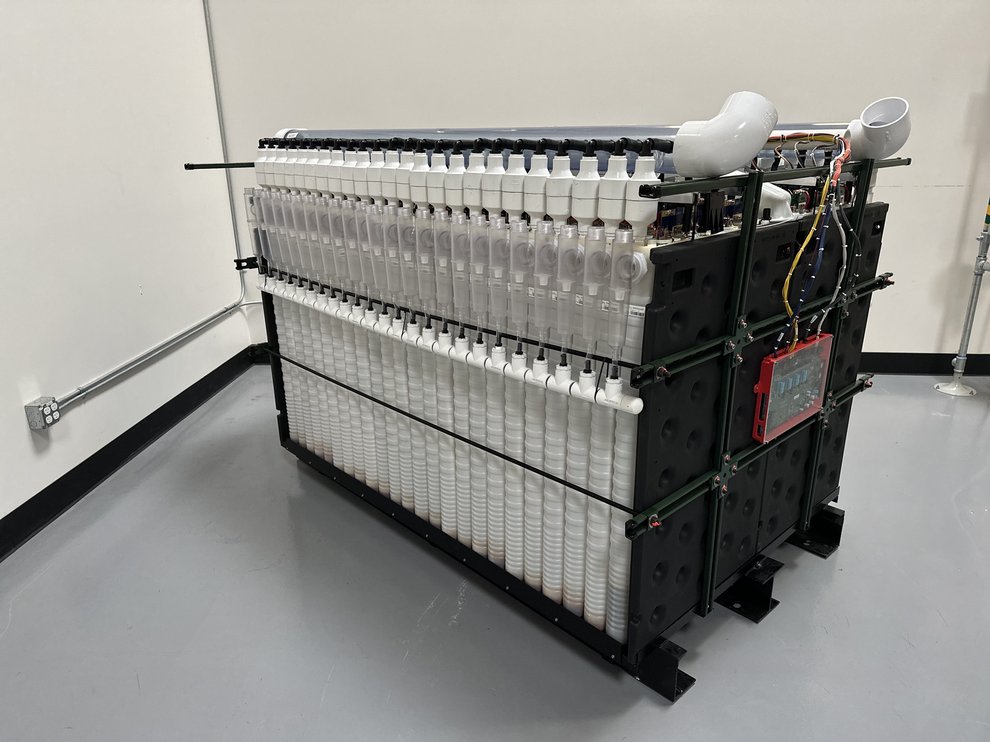The OPzS (Opencircuit, Lead-acid Stationary) battery technology has long been a cornerstone of reliable energy storage systems. As the world continues to transition towards renewable energy and sustainable technologies, the relevance of OPzS batteries is experiencing a resurgence. In this article, we explore the key factors driving the growth and potential of OPzS batteries in modern applications.
Proven Reliability and Longevity
OPzS batteries are renowned for their robust design and long service life, often exceeding 15-20 years under optimal operating conditions. This reliability makes them a trusted choice for critical applications such as telecommunication, power utilities, and industrial backup systems. With advancements in materials and manufacturing processes, the performance of these batteries has further improved, ensuring their relevance in today’s market.
Versatility Across Applications
One of the strongest attributes of OPzS batteries is their adaptability. These batteries excel in stationary applications requiring consistent and dependable power. As energy storage becomes a pivotal component of renewable energy systems, OPzS batteries offer a viable solution for large-scale solar and wind power projects. Their ability to handle deep discharge cycles while maintaining efficiency positions them as a key player in hybrid systems.
Market Trends and Expansion
The global shift towards renewable energy is driving demand for dependable energy storage solutions. Emerging markets in Asia, Africa, and South America are increasingly adopting OPzS batteries for off-grid and microgrid systems. Additionally, the rise in urbanization and the need for stable energy supply in developed countries further expand the opportunities for OPzS technology.
In conclusion, OPzS batteries are poised to play a vital role in the evolving energy landscape. Their proven reliability, adaptability, and potential for integration with renewable energy systems ensure their relevance for years to come.


